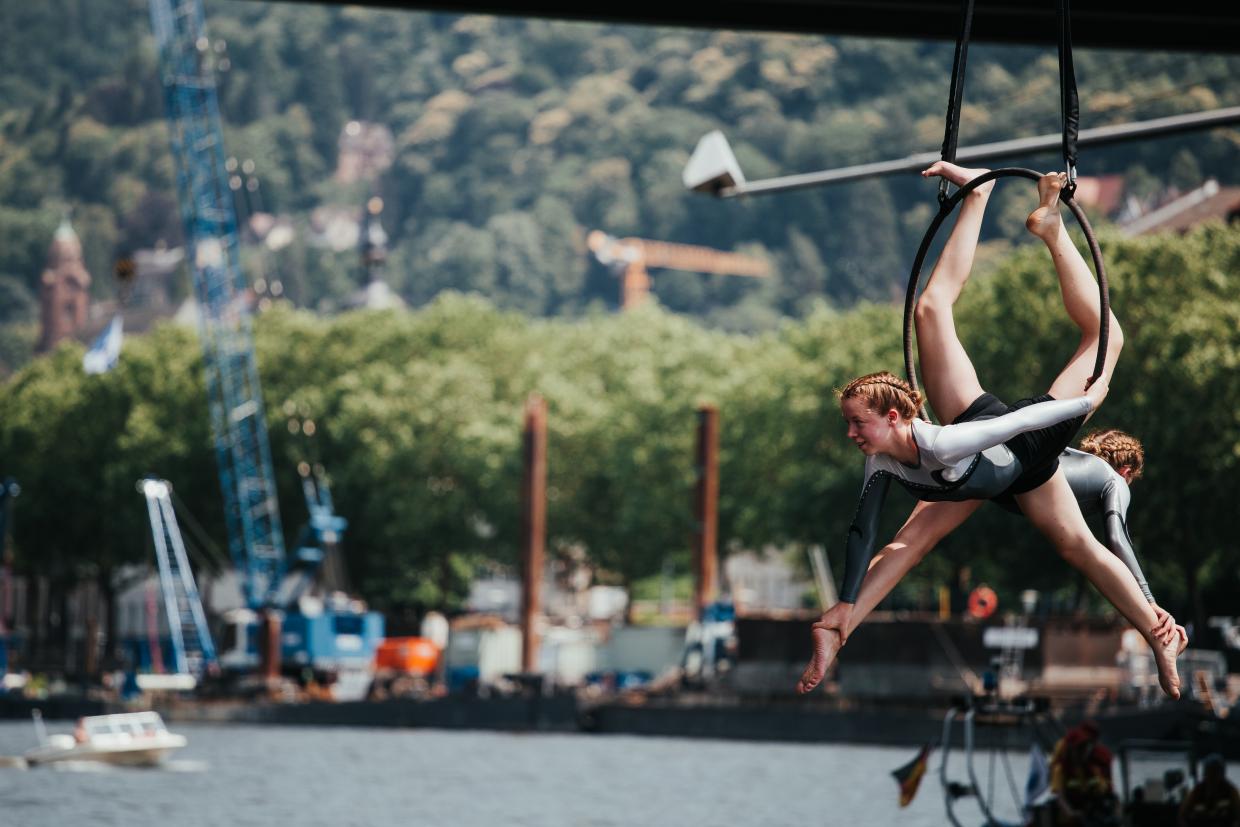Film director Laila Pakalniņa celebrated her birthday on June 4, and from that date the portal of the National Cinema Center Filmas.lv offers viewers a complete collection of forty films online, starting with the earliest works. Not only are the three most recent films available to the public, which are still actively traveling to international film festivals. Portal with this collection Filmas.lv confirms both purposeful activity and a certain passion in learning about and preserving the cultural history of Latvia, paying special attention to the period of the 1990s, which is the most confusing in the history of Latvian cinema. With the change of technology, film studios and production mechanisms, many films of the 90’s have disappeared or at least not yet been found, digitized and available to viewers, but fortunately Laila Pakalniņa’s works have been fully collected, including the documentary. Ubans (1995), about which the director himself had only memories.
The research process took place in close co-operation with the State Archive of Film and Photophono Documents of the National Archives of Latvia, finding Pakalniņa films in the National Library of Latvia, the Latvian Television Video Library and Environmental film studios (now VFS Films) in the archives. The very first works of the director for the collection are offered by the collection of the Riga Film Museum of the Latvian Academy of Sciences.
So, this is a unique opportunity to trace the creative activity of one author’s film personality for almost thirty-five years, to study the development of Laila Pakalniņa’s handwriting and the course of Latvian time.
From Awakening to Cannes
If the viewer approaches the filmography in chronological order, a huge surprise awaits him at first – the first three films are not at all similar to what is called “Pakalniņa kino”. These are the studies of a student of directing at the All-Union State Institute of Cinematography, which differs from later films not because the student Pakalniņa has not yet “learned to make cinema” or would like to do such investigative journalism, but because her years of study coincided with a significant historical turn – Awakening time. At that time, the opportunity to go to the cinema and document the events on film was not yet widely available, so each cinematographer felt a sense of mission and set aside his personal artistic ambitions, focusing on current socio-political topics. Laila Pakalniņa also takes a dictaphone borrowed from her friends and together with the cameramen Juris Garjans (film And, 1988) and Uldis Weiss (film Choice 1990) go to interview people who have something to say about Latvia for free; in the movie Doms (1991) document specific days of barricades, while newspapers Awakening video attachment (1989) is very far from cinema in general, but very close to the living nerve of current events. Many film heroes today are known as historical personalities – especially in film And (Members of the Helsinki group and other active participants in the Awakening), also in the film Ubans (1995), in which the portrait of a legendary painter and teacher is masterfully glued from mosaic pieces offered by many contemporaries.
However, with the film Underwear (1991), which became a thesis of the Film Institute and the first film with long-time cinematographer Gints Bērziņš, is gradually forming the “real Pakalniņa” as we know it today, and the films of the 1990s show how certain techniques in the director’s rather consistent handwriting have developed. The main works of this period in documentary cinema have always been considered three films – together with Underwear also Ferry (1994) and Pasts (1995), which was immediately stamped with a quality seal (FIPRESCI Award at the Cannes Film Festival), but the anniversary collection shows that director Laila Pakalniņa has tried seemingly similar methods and elements of cinematic language in different variations, exploring the limits of possibilities and new horizons.
For example, a documentary Oak (1997, the fourth film with sound director Anriy Krenberg, now there are more than thirty of them) quite rightly declares sound directing to be one of the most important elements in the construction of the film space, both giving “centuries-old” oak bark close-ups and monologues of heroes (later in Pakalniņa’s films no one talks so much). People in static shots living near the Sowing Big Oak are obviously asked, “What good has happened?” “I read again Robinson Crusoe“until” the man ordered the song on the radio “.
This is one of the most interesting side effects in Laila Pakalniņa’s film collection – to notice the threads that connect different microworlds in one author’s view. For example, watch the idea of adding a significant sound phrase from the characters ’dialogues to the film’s end captions (Wake up (2000), About the homeland (2008), Forty-two (2013) and others) or the idea of asking people you meet to freeze in a “stop frame” in front of the camera (Papa Gena (2001), Bus (2004) and others) are always similar but never the same.
Watch and see
Making feature films is considered to be a completely different occupation, but Laila Pakalniņa proves that it is not. The events written in her films also preserve the documentary and the observations of life are much more important than the dramatic and viewer-friendly constructions. The very first, and seems to be quite a coincidence, short game Anna’s Christmas (1992) is, in fact, a completely documentary view of the pre-Christmas activity of a large family, and all the elements of the feature film obviously come from the collaboration with the editorial office of LTV Children’s Programs, which is the client of the film. If the stereotypically predictable sequence of events, the staged dwarfs and the synthetic Christmas carols were removed from the film, the “pure Hill” with its attention to natural events and seemingly insignificant processes would remain.
Another proof of Laila Pakalniņa’s documentary thinking is the fact that the screenplays for several of her feature films (Pitons (2003), Picas (2012), etc.) have grown out of real events that have been noticed in the media, which then expand into the author’s imagination as a complex of variously related and unrelated events. One would think that the origin of the idea of the film does not matter, but in this case it says the most important thing – the ability to look and see, and to give the seen form, meaning and artistic quality.
The cycle of short films demonstrates another, seemingly opposite approach to the creation of feature films Elements (four films with actress in the center of Gunas Zariņš, film Silence (2009) was once selected for the Cannes Film Short Film Competition) – not from fact to concept, but vice versa – from conceptual design to individual episodes of life.
In short, film critics and theorists have already written a lot about Laila Pakalniņa’s intensive creative work, her films have been widely evaluated at film festivals and synagogues, and now Latvian viewers have a unique opportunity to cover everything, watch and explore why Laila Pakalniņa is currently the world’s best-known Latvian film director.
–


:strip_icc()/i.s3.glbimg.com/v1/AUTH_bc8228b6673f488aa253bbcb03c80ec5/internal_photos/bs/2022/7/E/hc4P6gSm2Gc0uBw4ymAw/bruno-mendez-inter.jpg)